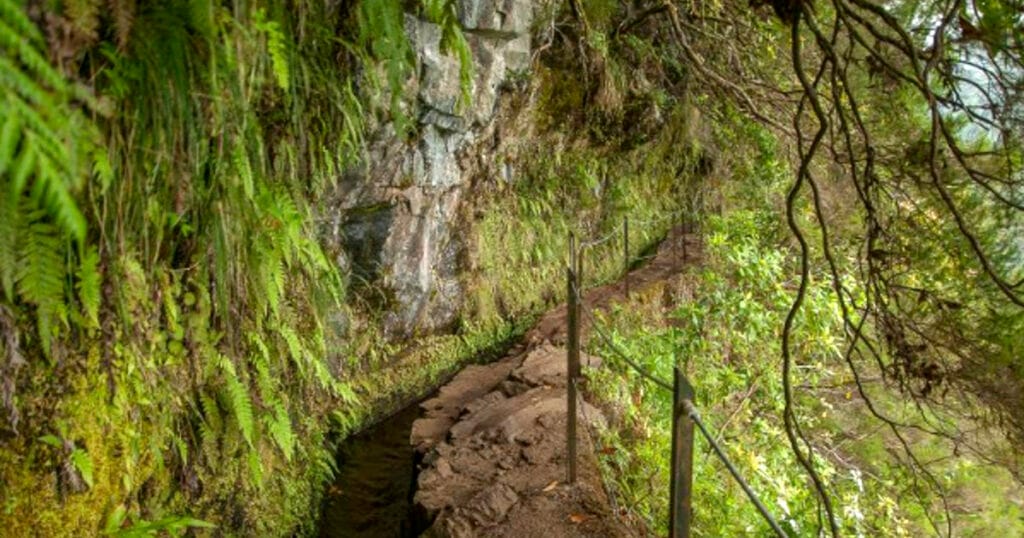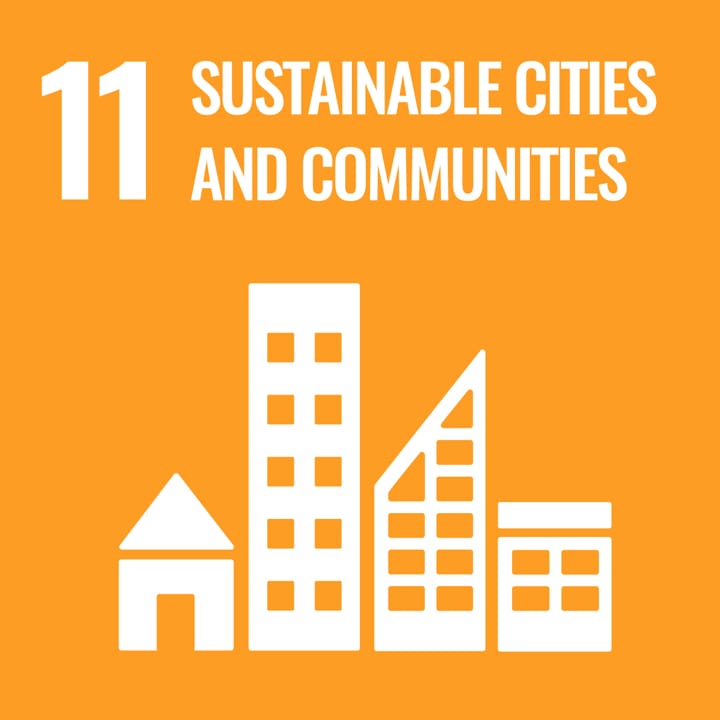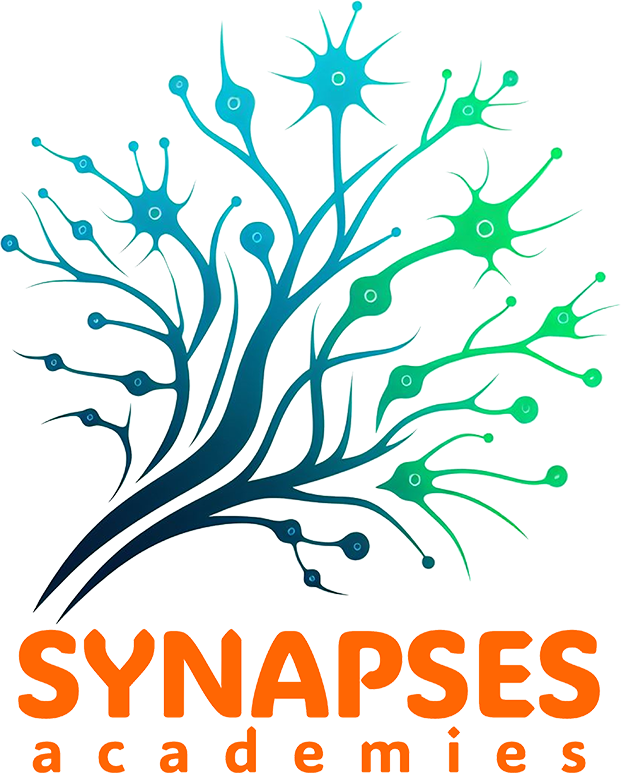
Intended End User: Teacher, Teacher Educator
Age Group: Upper Primary; Lower Secondary; Upper Secondary
School Curriculum: Science; Social, Physical & Health Education; Social & Environment Science; Languages; Arts
Themes and Topics: Behaviour & Lifestyle; Collective Action; Power & Influence; Information & Knowledge; Citizenship; Pedagogy Approaches
Duration: From 2 to 4 months
Type of Resource: Guidelines & Notes, Project
Keywords: Science trail, interdisciplinarity, collaboration, student-centred, field trip, open schooling
Languages: English
Description
Science Trails are educational activities where students design physical paths with various stations or stops that raise awareness about topics relevant to their community. These trails provide an engaging way for students to learn and apply knowledge from different school subjects in a real-world context.
The process begins with students selecting the topics they wish to address, based on their community’s needs. Teachers guide the students through this process, helping them identify impactful subjects. Once chosen, students research their surroundings and engage with key stakeholders such as local experts, community leaders, and residents, ensuring the content resonates with the community’s characteristics.
Next, students co-create the stations along the trail, using interactive approaches to engage visitors. Each station highlights specific aspects of the topics, employing activities, experiments, and multimedia presentations. Throughout this process, students take the lead, with teachers providing guidance. This approach fosters ownership, critical thinking, problem-solving, and communication skills.
Finally, the Science Trail is presented to the public, offering students a chance to showcase their work and share insights. This public presentation raises awareness about important local and global issues and celebrates students’ achievements.
Science Trails integrate multiple school subjects, promote community engagement, and provide students with a meaningful, hands-on learning experience. By leading each step, students gain valuable skills and a deeper understanding of the world around them, making a positive impact on their community.
How to use this resource
To use this activity resource, simply follow the step-by-step guide on the PDF to help students design physical paths with interactive stations that highlight community-relevant topics. The PDF outlines the entire process, from topic selection to public presentation, providing a structured methodology for integrating school subjects, engaging stakeholders, and creating impactful learning experiences.
The resources
Creating a Science Trail PDF:
This activity is adapted from the online resource, created by the project iDiverse:
In this page, you’ll find the original PDF, that can be downloaded.
At the School of the future/Open Schools for Open Societies Portal you can find the “IDiverSE – Creating Science Trails” accelerator“.
Learning Outcomes (Teachers)
- Elicit prior knowledge and further develop knowledge and comprehension of key Sustainability Citizenship key concepts, challenging established worldviews and values.
- Apply a range of suitable tools and frameworks to promote student Sustainability Citizenship
- Reflect on practice and examine national curricula to identify opportunities to promote Sustainability Citizenship in interdisciplinary ways and engage with external stakeholders.
- Collaboratively synthesise the knowledge, tools and frameworks to create educational materials and lessons plans adapted to their own local context
- Through workshop activities and communities of practice, build capacity and agency as Sustainability Citizenship educators and leaders.
Green Competencies
- Embodying Sustainable Values: Promoting Nature
- Embracing Complexity in Sustainability: Critical Thinking; Problem Framing
- Envisioning Sustainable Futures: Exploratory Thinking
- Acting for Sustainability: Collective Action
Creative Commons

This resource is adapted from the PDF published by the projects iDiverse and OSOS , which has this CC.
SDGs




